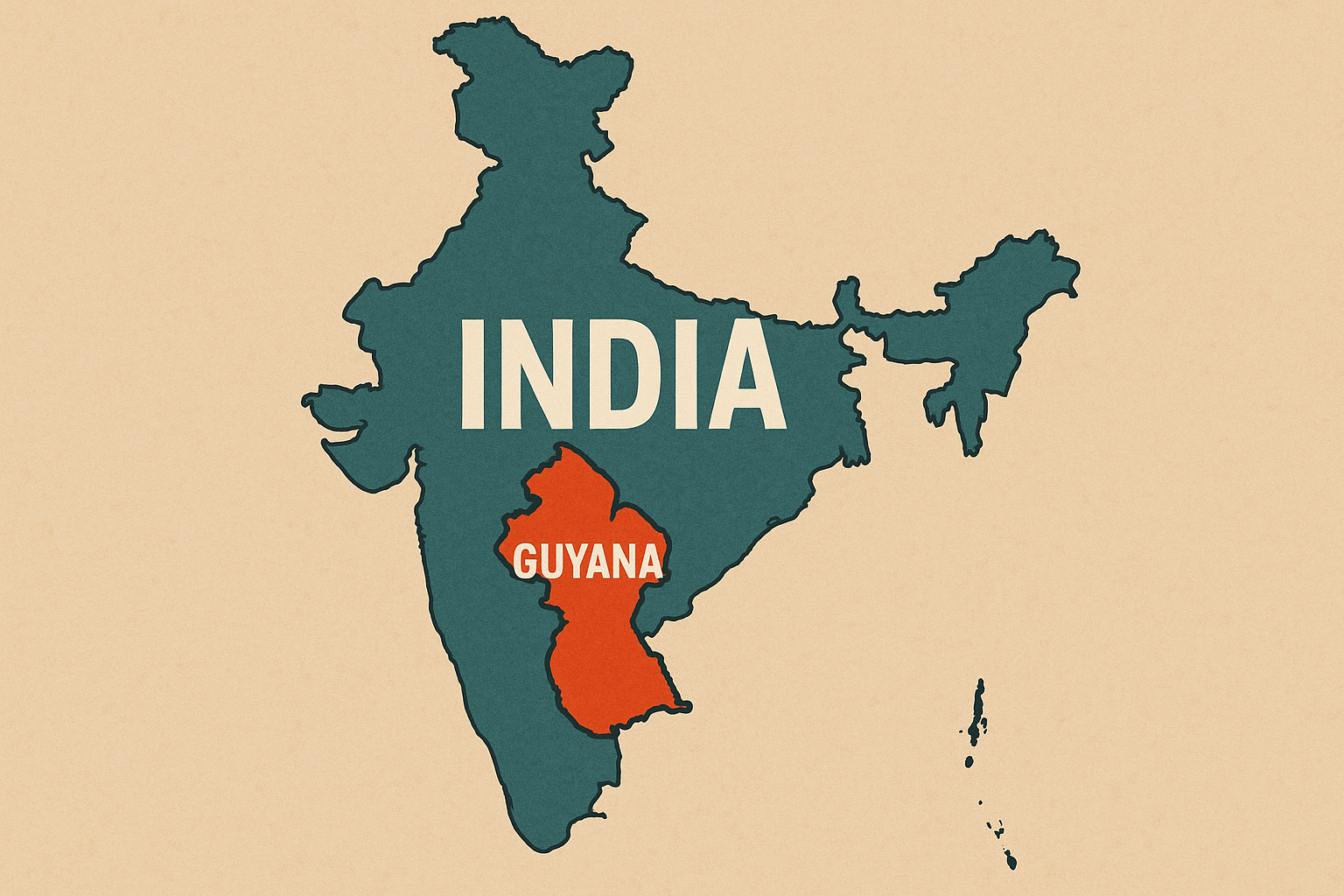

On June 16, 2025, Union Petroleum and Natural Gas Minister Hardeep Singh Puri announced that India may be on the verge of a transformative oil and gas discovery in the Andaman Sea, with reserves potentially rivaling those of Guyana, a South American nation that recently struck massive oil wealth.
Speaking to ANI and other media outlets, Puri expressed optimism about ongoing exploration efforts, describing the Andaman region as holding the potential for “several Guyanas.” This development could significantly reduce India’s dependence on imported oil and gas, reshape its economy, and enhance energy security amid global geopolitical tensions, such as the Israel-Iran conflict.

Potential Reserves: Puri highlighted that India’s sedimentary basins, particularly in the Andaman Sea, could hold oil and gas reserves equivalent to Guyana’s estimated 11.6 billion barrels of oil equivalent, which ranks Guyana 17th globally. He suggested the Andaman region might contain multiple such deposits, potentially totaling 184,440 crore litres of crude oil.
Comparison to Guyana: Guyana’s oil boom, driven by discoveries in the Stabroek Block by ExxonMobil, Hess Corporation, and CNOOC since 2015, transformed its economy from $4 billion to a projected $20 billion by 2030. Puri noted Guyana’s persistence, drilling 46 dry wells before striking oil on the 47th, and drew parallels to India’s ongoing efforts.
Economic Impact: A Guyana-sized discovery could propel India’s economy from $3.7 trillion to $20 trillion, reducing reliance on oil imports (currently 80-88% of crude oil and 50% of natural gas) and narrowing the trade deficit. Puri emphasized that even a 5-billion-barrel find would be a “game-changer.”
Exploration Progress: Early findings are promising, with wells like Suryamani (4 million metric tonnes) and Neelmani (1.2 million metric tonnes) showing significant reserves. The Oil and Natural Gas Corporation (ONGC) drilled a record 541 wells in FY24, including 103 exploratory and 438 development wells, with a capital expenditure of ₹37,000 crore, the highest in 37 years.
Sedimentary Basin Exploration: India has a 3.5 million square kilometer sedimentary basin, but historically, only 8% was explored. Puri’s government opened 1 million square kilometers of previously “no-go” areas for exploration and production (E&P) under the Open Acreage Licensing Policy (OALP). In nine OALP rounds, 38% of bids targeted this new area, with expectations of over 75% in the next round.
Policy Shifts: Since 2016, the government transitioned from production-sharing to revenue-sharing contracts, encouraging investment. OALP has offered 2.5 lakh square kilometers for bidding, among the largest globally. Companies like ONGC and Oil India are actively drilling in the Andaman Sea.
Government Commitment: Puri chaired a review meeting on June 16, 2025, with top officials from the Ministry of Petroleum and state-run oil companies (e.g., Indian Oil, HPCL, BPCL), ensuring robust fuel supply strategies amid Middle East tensions. The government’s focus on E&P aligns with PM Narendra Modi’s vision of balancing energy availability, affordability, and sustainability.
Energy Security: India, the third-largest oil importer globally, relies on imports for 85-88% of its crude oil needs, primarily from the Middle East, Russia, and the U.S. A major Andaman discovery could reduce this dependency, enhancing energy security amid volatile oil markets driven by the Israel-Iran conflict.
Infrastructure Support: India has 23 operational refineries with a capacity of 257 million metric tonnes per annum and strategic petroleum reserves at Pudur (2.25 MMT), Visakhapatnam (1.33 MMT), and Mangaluru (1.5 MMT), with another facility under construction at Chandikhol. These ensure supply stability during crises.
Regional Development: Exploration in the Andaman and Nicobar Islands could boost the local economy, creating jobs and infrastructure. The region’s strategic location in the Indian Ocean enhances its geopolitical significance.
Uncertainty: While Puri is optimistic, no independent surveys or drilling have confirmed a Guyana-sized field. Analysts urge caution, noting that exploration is ongoing and large-scale discoveries require extensive validation.
High Costs: Each exploratory well costs approximately $100 million, as seen in Guyana’s experience. ONGC’s record drilling reflects significant investment, but dry wells remain a risk.
Environmental Concerns: Deep-sea drilling raises ecological risks, particularly in the biodiverse Andaman region. The government must balance energy goals with environmental sustainability, though this was not addressed in the article.
Equitable Benefits: Some X posts question whether politicians and elites will allow citizens to benefit equitably from a discovery, citing India’s trade deficit and need for inclusive growth.
Global Energy Market: A major find could position India as a significant oil producer, reducing global oil price volatility and attracting investment, similar to Guyana’s transformation into a top-20 reserve holder.
Geopolitical Leverage: Reduced import reliance would strengthen India’s position in global energy diplomacy, especially amid Middle East tensions. Puri’s assurances of adequate fuel supplies underscore proactive planning.
Economic Transformation: Beyond oil, the discovery could catalyze growth in refining, petrochemicals, and logistics, creating millions of jobs and supporting India’s $20 trillion economy ambition.
This announcement signals a pivotal moment for India’s energy sector, with the Andaman Sea potentially holding Guyana-sized oil and gas reserves. Backed by record drilling, policy reforms, and strategic exploration, the government is optimistic about a “Guyana moment” that could slash import dependence, boost economic growth, and enhance energy security.
Comments
Write Comment